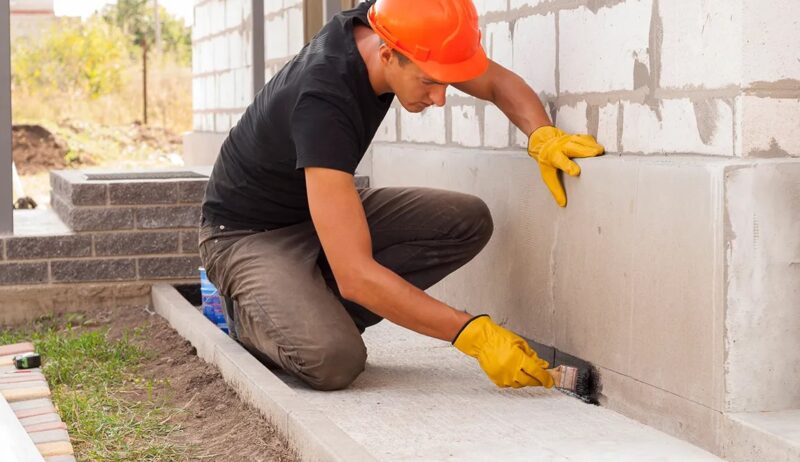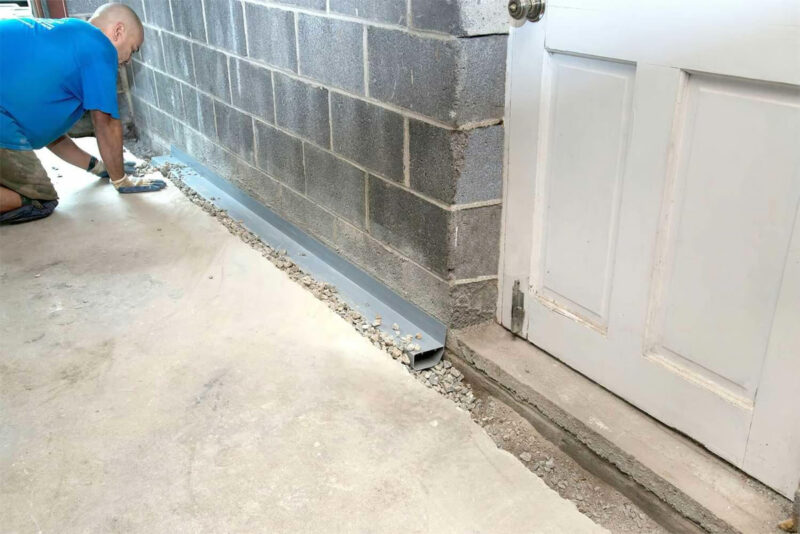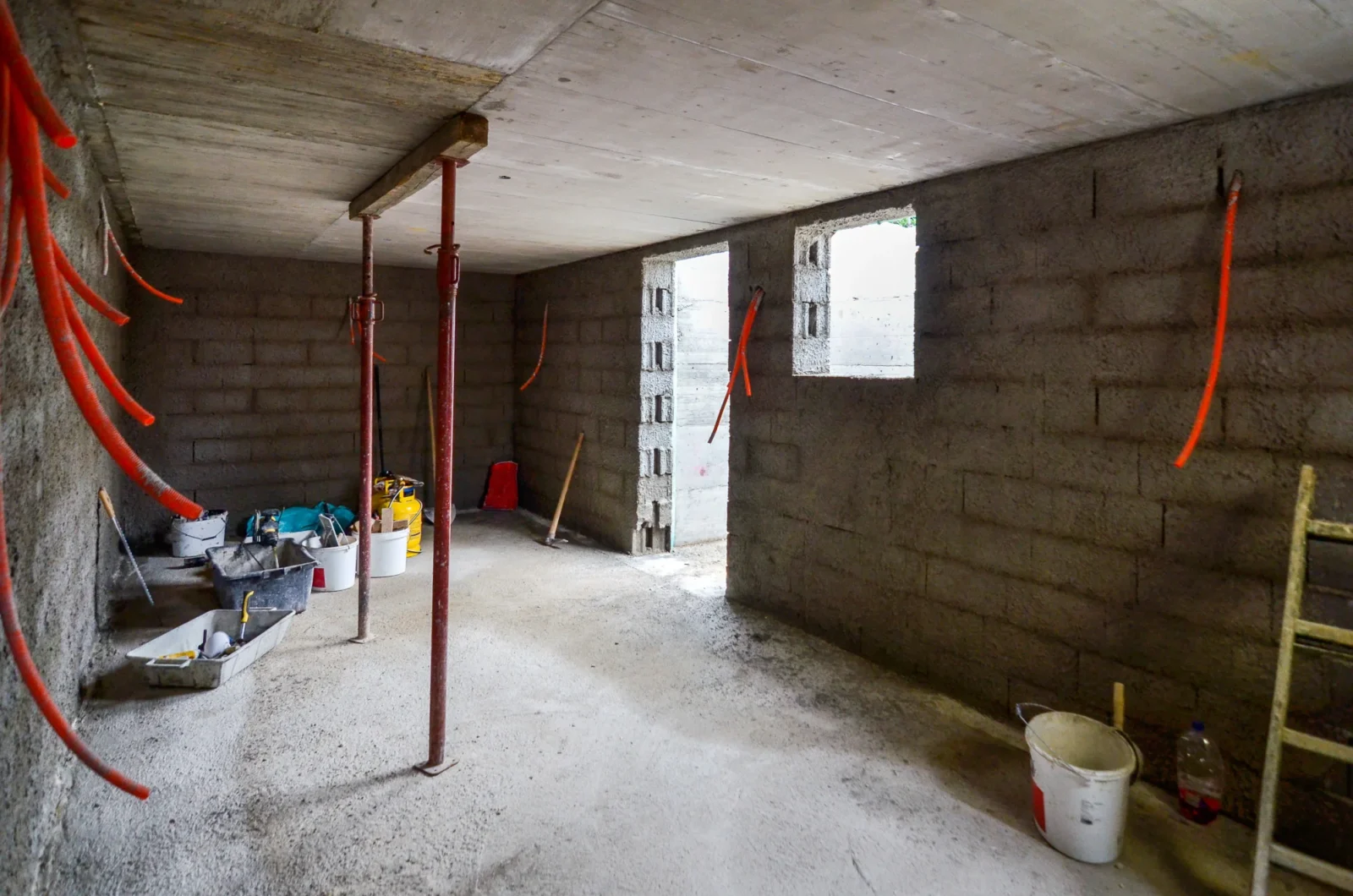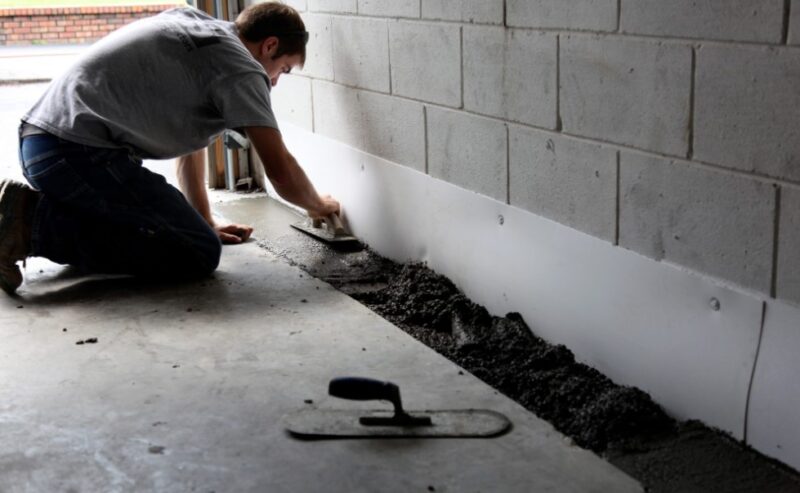Water seeping into your lower levels can feel like a disaster waiting to happen. The idea of fixing it yourself might seem appealing—after all, who doesn’t want to save a few bucks? But basement waterproofing is not as straightforward as it sounds.
It’s a task loaded with hidden pitfalls and risks that could cost you more in the long run. Let’s break it all down and figure out if this is truly a DIY job.
Key Points
- Basement waterproofing demands specific tools and skills.
- Improper fixes can worsen structural issues.
- DIY may save money upfront but risks higher costs later.
- Professional help ensures a longer-lasting solution.
- Understanding when to call experts is critical.
The True Scope of Basement Waterproofing
Fixing leaks involves more than slapping on sealant. You need to identify root causes like cracks, poor drainage, or hydrostatic pressure. Attempting to fix without proper knowledge can lead to patchwork solutions that fail quickly.
Many homeowners believe a quick trip to the hardware store solves the problem. In reality, a comprehensive approach often requires specialized materials and techniques. The best option may involve consulting professionals like a basement waterproofing company, such as Foundation Waterproofing by Moe.
DIY Pros and Cons

What You Gain by Doing It Yourself
- Initial savings ─ No labor fees mean a smaller upfront cost.
- A sense of accomplishment ─ Completing the task feels rewarding.
What You Risk
- Costly mistakes ─ Incorrect fixes can worsen the damage.
- Time waste ─ A misstep means doubling your effort later.
- Health risks ─ Mold thrives in damp spaces and harms air quality.
Why Experts Outperform DIY
Professionals handle the problem with years of experience and tools designed for tough jobs. They can spot issues hidden to the untrained eye. For instance, cracks may seem minor but could signal deeper structural damage. Experts address both the surface symptoms and underlying causes.
Steps a Professional Might Take
- Inspect the area to find all water entry points.
- Seal cracks with high-quality materials.
- Ensure proper drainage through exterior solutions.
- Install sump pumps or interior drainage systems when needed.
- Follow up with waterproof coatings for lasting protection.
DIY ─ Where It Works and Where It Fails

Some tasks, like applying interior waterproof paint or clearing clogged gutters, are manageable for confident homeowners. Other fixes, like grading soil or installing drainage systems, demand advanced expertise. Attempting these without training risks structural damage or incomplete fixes.
Red Flags That Demand Professional Help
If you notice the following, skip the DIY route:
- Horizontal cracks in walls.
- Persistent pooling near the foundation.
- Signs of mold or mildew growth.
- A musty odor despite attempts to clean.
- Repeated flooding during rainstorms.
FAQs About Basement Waterproofing

1. Can I just seal cracks to stop water problems?
Sealing cracks only addresses surface issues. Hidden structural problems may persist, requiring professional intervention.
2. What tools are essential for DIY waterproofing?
Basic tools include sealant, trowels, and waterproof paint. However, heavy equipment like sump pumps or drainage systems is often needed.
3. How long does a professional waterproofing job last?
A professional job can last decades if done properly, far exceeding the life of most DIY fixes.
4. Is mold removal included in waterproofing services?
Some services include mold remediation, but you should confirm with the company beforehand.
5. How much does professional waterproofing cost?
Costs vary based on damage severity and solution type, but investing upfront often saves money in the long run.
Final Thoughts
Basement waterproofing isn’t just about keeping water out. It’s about protecting your home’s structural integrity, improving air quality, and safeguarding your investment. Attempting it on your own might seem tempting, but the risks can outweigh the rewards.
When in doubt, trust experienced professionals who can guarantee a lasting fix.


